When Canada set out to create national parks in order to preserve the country’s wildlife and “scenic magnificence” in the late 1800s, it forcibly removed the ancestral stewards of the land.
Under the guise of environmental conservation, the country advanced a colonial narrative about land management, which not only disregards traditional ways of knowing but also assumes human activity always harms natural habitats.
As national parks quickly became Canada’s pride — an antidote against the insatiable capitalistic beast that continues to raze our country’s forests, tear the land open and wring the soil dry for a few drops of black gold — the history of the removal of Indigenous Peoples was obscured.
A new book, out from University of Calgary Press, brings this history into the open.
In Remembering Our Relations, a collaborative oral history led by members of the Athabasca Chipewyan First Nation, Dënesųłıné people tell the stories of betrayal, dispossession and erasure that enabled the creation of Wood Buffalo National Park in northern Alberta.

When the park was established in 1922, Parks Canada imposed tight controls over who was allowed to trespass the new and arbitrary boundaries overlaid on 4.5 million hectares of Dene, Cree and Métis land, relegating the knowledge and dislodging the identities of these communities.
Having hunted bison and harvested medicines in the boreal plains for millennia, Indigenous Peoples were no longer free to roam the land, their land. To protect the wood bison herds brought to the brink of extinction by European colonizers, Athabasca Chipewyan First Nation members were required to apply for a permit to live, harvest and even visit relatives in the newly created park. Many Dene families weren’t eligible for a permit, so they had to transfer their membership to the Cree band or leave everything behind.
“When Parks was created, it became a whole new level of government with their rules and whatnot,” recounts Alice Rigney, an Athabasca Chipewyan Elder. “No one was allowed — you could not hunt at certain times.”
The oral histories compiled in this book illustrate the underhanded removal of the Dënesųłıné Peoples from Wood Buffalo National Park, and the Canadian government’s attempts to erase the essential role Indigenous Peoples played in maintaining a balanced ecosystem for the sake of buffalo conservation.
“They brought the buffalo and they gave all the rights to the buffalo,” recounts Chief Allan Adam. “The buffalo were protected more than anything else, and [it was] pretty much ‘Save the buffalo, shoot the Dene.’”
More than a century since the park was established, the boreal plains of Wood Buffalo National Park support one of the largest free-roaming bison herds in the world and provide habitat to other endangered species such as whooping cranes and peregrine falcons. However, the integrity of this important ecosystem remains at risk.
Located downstream from the oilsands, the Peace-Athabasca Delta in Wood Buffalo National Park is drying out, impacting not only wildlife populations but also the livelihoods of the very people who, up until recently, were barred from participating in the protection of their ancestral lands.
This is a reflection of colonial stewardship approaches whose fragmented view of the landscape has not only deracinated Indigenous Peoples but also fragmented habitats, driving the degradation of entire ecosystems. A holistic approach wouldn’t have made it possible for bitumen mines to exist upstream from a protected wetland — maybe it wouldn’t have allowed them to exist at all.
Despite the pressures of capitalism and colonialism, Indigenous knowledge has prevailed, and it could once again lead the way — this time, in the fight against climate change.
“Under Dene law, living in good relations with the land and water is closely interconnected with living in reciprocal and caring relationships with community and kin,” explain Sabina Trimble and Peter Fortna, co-authors of the book alongside Athabasca Chipewyan First Nation members.
As late Elder and former Chief Pat Marcel put it in 2013, “the Dënesųłıné have always had the responsibility of living in balance with the natural environment, and there is much that both provincial and federal environmental resource managers can learn from them if they take the time to listen.”
The government has signalled it is listening. In 2019, for example, Parks Canada implemented a co-operative management approach in Wood Buffalo National Park, granting an opportunity for members of the 11 Indigenous communities with ties to the land to share their knowledge and perspectives.
But uprooting the racist conservation-related patterns of the previous century hasn’t been happening quickly enough for some Dënesųłıné people.
“All we want is an opportunity to sit equally at a table and to have input that will benefit our people in a proper way,” says Leslie Wiltzen, Pat Marcel’s nephew, in the last chapter of the book.
“But time and time again, the federal government has an ability to overlook that and do exactly what they want.” ![]()
Read more: Indigenous, Books, Alberta, Environment
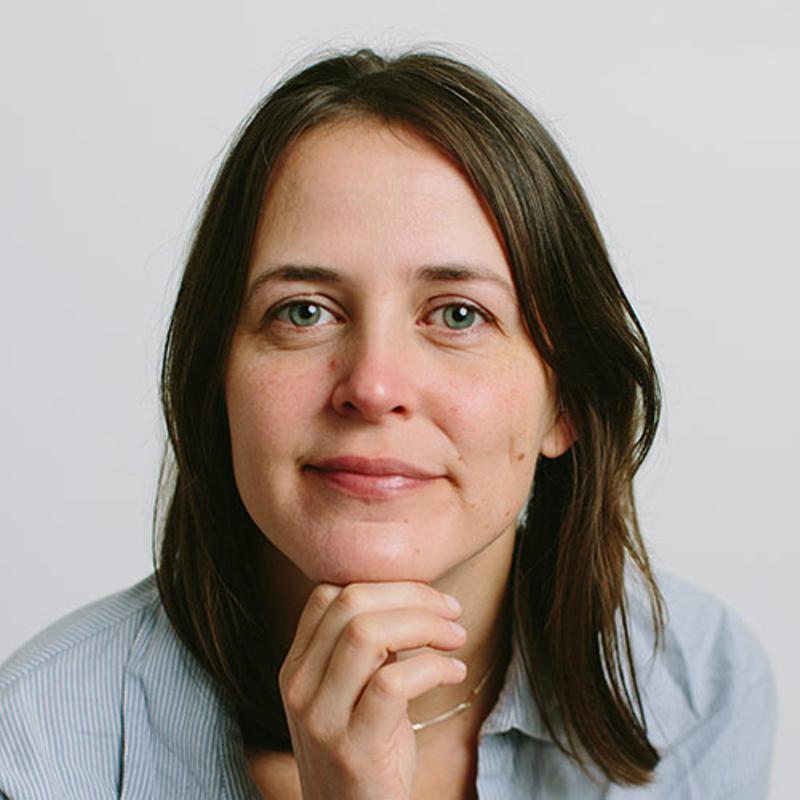



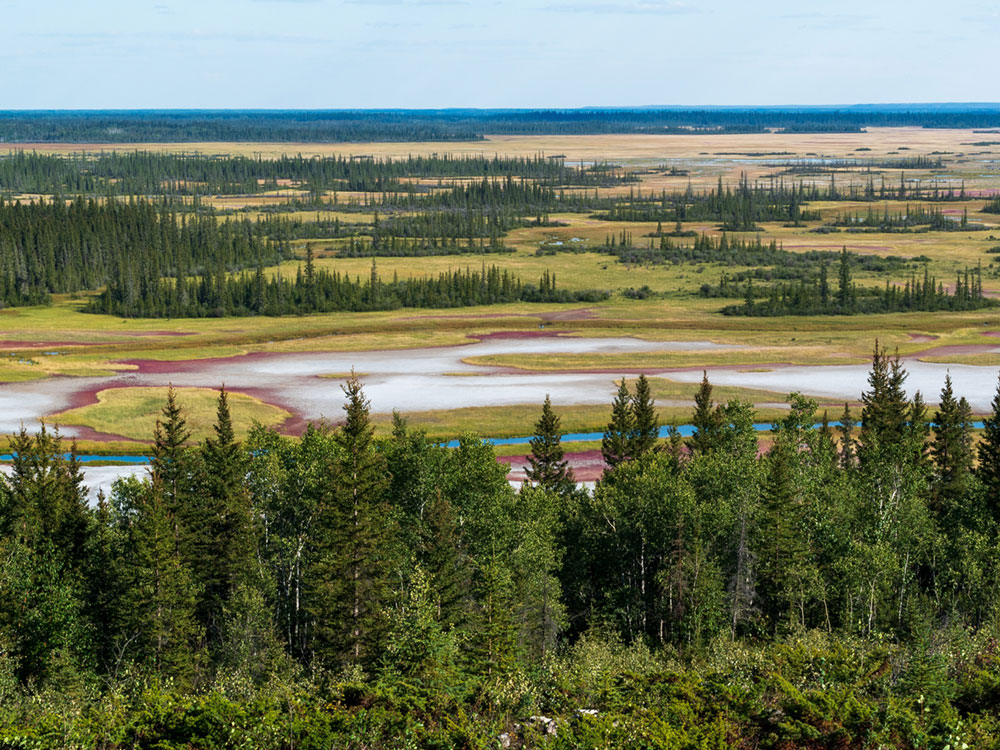

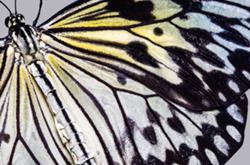

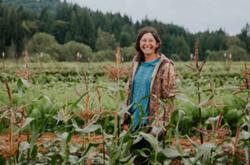

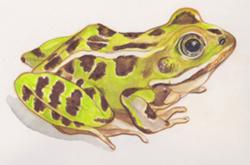

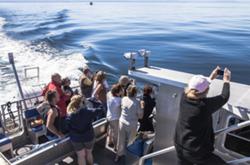
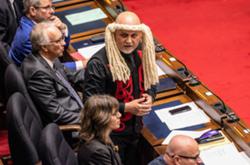
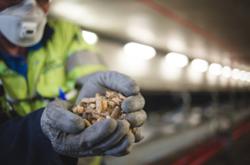

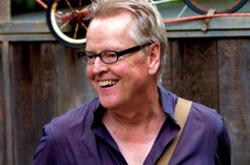
Tyee Commenting Guidelines
Comments that violate guidelines risk being deleted, and violations may result in a temporary or permanent user ban. Maintain the spirit of good conversation to stay in the discussion and be patient with moderators. Comments are reviewed regularly but not in real time.
Do:
Do not: